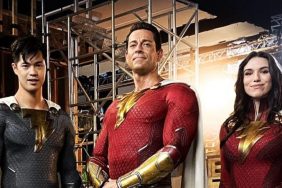We take another look at the artful, European horror styled prequel Annabelle: Creation
This past weekend, in Toronto, the legendary Royal Cinema ran a mini-Mario Bava festival, spotlighting four of the Italian master and Gothic horror pioneer’s most interesting movies: Black Sunday, Planet of the Vampires, Kill, Baby…Kill! and Hatchet for the Honeymoon. I was directly involved in setting this program up…










